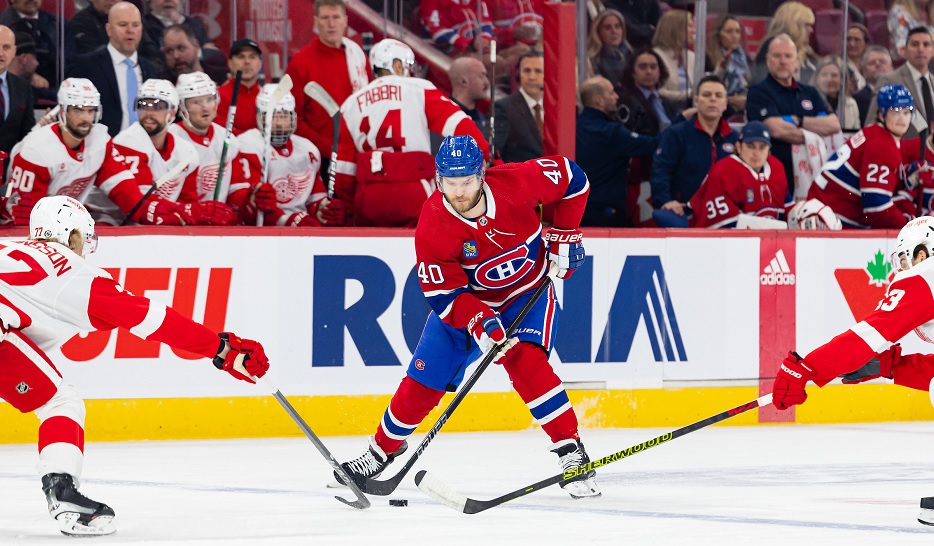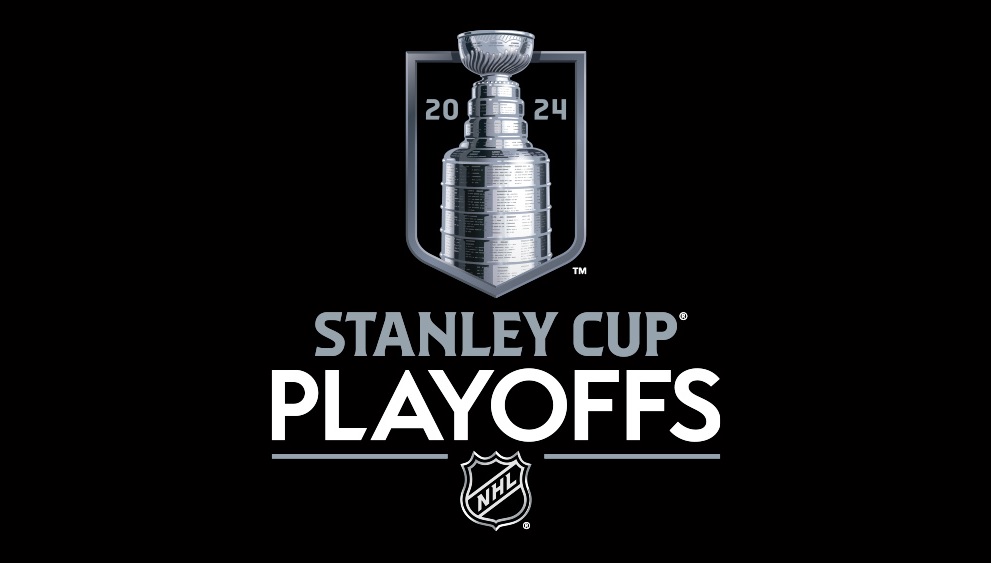HabsWorld.net --
The “fresh start” as Gary Bettman, and Bob Goodenow put it is supposed to mean that all past offers are now off the table, and they now have to start over from square one. But fear not, this is not the one millionth article about the CBA or what they negotiate from here; more of a “what if” look at the future.
Over the last eight months all we have heard is “CBA” this, “Cap” that, “Linkage” here, “Fair market” there; and I am completely sick to death of hearing it [likely all of you are as well]. Instead I have decided to explore some possibilities for a true “Fresh start” within the NHL [the non-business side anyway].
First and foremost the game needs to be tweaked a bit; if not just for entertainment value alone, at least for marketability reasons.
So far the NHL has experimented through the aid of the AHL with thicker blue lines, no touch icing, tag-up offside, shootouts, moving the nets back, and goaltenders being limited when playing the puck. These experiments have changed the game within the AHL from many perspectives but have not changed it where it was intended- scoring. [2.55 goals per game in the ’03 -’04 season and 2.66 goals per game so far this season]. This season is far from over but the slight rise in goals scored per game is far from significant. The NHLer’s that have suited up for the AHL clubs this season could have caused the increase on their own, [not to mention the guaranteed extra goal with a shootout] so an argument could be made that scoring has actually decreased since they tried “to open the games up more” with the current rule changes. So where do you start if these new rules still can’t accomplish the intended goals?
How about where the problem started in the first place; officiating and coaching?
In the late 70’s and 80’s the skill of the game was showcased and focused on, and while there were still players that contributed to the defensive side of the game; the hooking, holding and basketball style picks were not part of the game that was tolerated to the point that they are today.
Since the NHL has no control of the coaching strategies throughout the league or throughout various developmental leagues, the changes have to be made in the way the game is officiated, with hopes of ultimately affecting the way the game is coached. Getting the desired effect on the way the game is coached right from grass roots to the pro game could take as much as 5-10 years, but the game is well over 100 years old now so it is fairly safe to say it isn’t going anywhere.
The game needs to be called straight from the book, not a loose version of the rules. Granted no one likes to see a game dominated by a steady parade of players to the penalty box, but like all learning curves, it will take time. The players will not learn how the game is going to be called overnight, and the officials are not going to be consistent right away, after all the worst and oldest habits are the hardest to break. Naturally the scoring within the NHL would go up immediately just by increasing the power play opportunities that the stricter officiating would create, but only until the players and officials get used to it. If the league took this stance on the rules, the outcome might cost some players their jobs in the NHL, but only the marginal players would be affected, and the skill would be allowed to show though instead of impeded or stifled through the neutral zone.
This concept of strict rule enforcement is not new, but the players that enter the task of learning it better could be. There is a popular belief that the NHL will indeed utilize replacement players as opposed of negotiating a new CBA with the current NHLPA and its membership. I don’t believe for one second that any court [U.S or Canadian] would uphold a league decision of using replacement players without ordering both parties back to the table first. It is fun to guess though.
In a fictitious situation it might not be so bad for the fans. If it were to be implemented, the NHL would have a new face, new CBA and new hope of a profitable viable business. The fans are of a split allegiance on this idea and it could potentially be suicide for the NHL and its current state, but the league would not be made up of 4th line players or career minor leaguers contrary to popular belief. As of 2005-2006 season there will be around 487 [65%] current NHL players without NHL team contracts; if even half of them decided to play in the “new” NHL, the league would have a familiar feeling and it would likely rub off on other “free agents” playing in Europe as well as recently drafted and un-drafted prospects without contracts [Jeff Carter, Mike Richards, Sidney Crosby etc]. It stands to reason that within 2 years that the world’s best players would be once again NHL’s property, albeit a gamble for all involved with pending lawsuits from every angle.
The NHL draft has not been cancelled officially yet but without a CBA there is no standard to draft, sign, or develop players [The agreement between the Canadian Hockey League and the NHL, which governs player movement between the two leagues, expired more than three months before the NHL locked out its players.]
A new CHL-NHL agreement isn’t expected until the NHL reaches a new collective bargaining agreement with its own players].
“The rights and obligations of the parties with respect to the draft are totally defined by the collective bargaining process, and that has to be agreed on,” Daly said.
Without a new CBA this confusing situation has some serious ramifications for the NHL and all the teams involved. The Crosby Effect.
This whole situation likely wouldn’t be a major focus point if the world’s best prospect in the last 20 years wasn’t up for grabs, but he is, and some teams are sweating. Until the NHL and NHLPA negotiate a new CBA, the draft status of all the 2005 prospects remains in limbo and the league can do nothing to change it. The players have all the options but there are also boundaries that have to be crossed to do so. The option most talked about by fans and drooling lawyers, is filing a suit to be declared a “free agent”. This would cause a huge stir but the payoff could be worth the player’s weight in gold; instead of being sold out by the union in any future CBA with rookie caps and bonus clause ceilings. This method would also allow any player to sign with the team that they have idolized as a young boy [Jeff Carter with the Leafs, Crosby in Montreal etc]. The possibilities are endless, but then again, the court battle would be long and drawn out and would likely end with a new CBA before the decision is rendered. Time will tell as someone, somewhere will almost certainly test its boundaries.
All the above speculation and day dreaming could prove to be a moot point as both parties are meeting today [Saturday February 19th] in New York with hopes of “un-canceling” the 2004-2005 season for the umpteenth time. A new deal is unlikely, but not out of the question given how bizarre this entire process has been to date. There have been dozens of rumors that a deal is imminent, and in some cases already agreed upon, but both sides have waived off the rumors as false and premature. I would love nothing more then to save this season and see Lord Stanley’s holy grail be awarded, but at what costs?
If indeed the season is saved, and the cup is awarded, there should be a permanent asterisk that goes along with the names that are engraved on the cup. One would think that in this situation, almost any NHL team could win the Stanley cup, with only 28 games to play then the playoffs; one hot start would be enough to push a team deep into contention. Unless you would rather count this season as a wash and start your bid for the number one pick in the draft- Sidney Crosby.
To me, the notion of a 28 game season then playoffs seems to be a statement that requires a punch line, not ratification; but it will also accomplish one other thing yearned for by the NHL and owners, parity throughout the league for a run at the cup.

